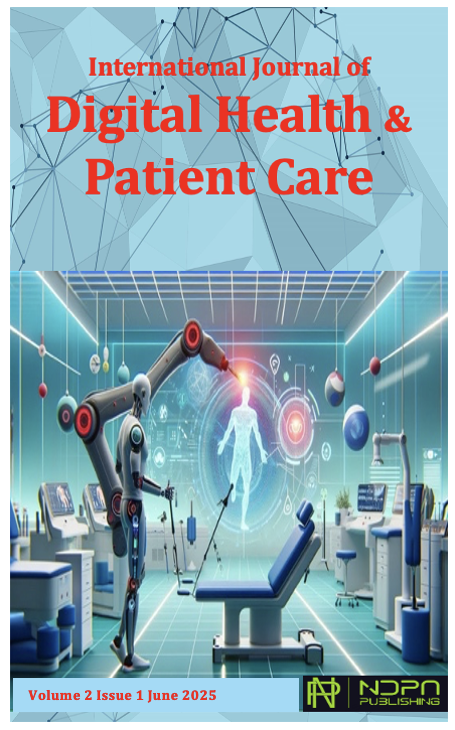Common Behavioral Disorder in Pregnancy: Pica and its Effects
DOI:
https://doi.org/10.5281/zenodo.15727771Keywords:
Pica, Pregnancy, MidwiferyAbstract
Pica is a persistent desire to eat inedible or non-nutritive substances for over a month. It is a behavioral disorder affecting individuals of all ages, named after the magpie bird. Common types include geophagia, pagophagia, and amylophagia. Pica is common among children and pregnant women and can be attributed to nutritional deficiencies, hormonal changes, low hemoglobin levels, psychiatric disorders, psychosocial and cultural factors, age, marital status, gender, genetic characteristics, and environmental factors. The most common form of pica is pagophagia. Pregnancy often leads to increased desire to eat various materials, including ashes, cigarette butts, and other substances. These substances are consumed for various reasons, including taste, medicinal purposes, advice, thirst, and religious reasons. A recent meta-analysis reported a prevalence of 34% worldwide. This behavioral disorder, known as pica, poses a significant health risk to both mother and baby, causing serious issues like dental damage, constipation, and parasitic infectionsPica behavior in pregnant women can lead to various health issues, including iron deficiency, anemia, maternal death, and fetal distress. Exposure to chemicals like lead, pesticides, and herbicides can also cause fetal distress and mortality. A multidisciplinary approach is needed to manage pica, including nutritional deficiencies, psychological support, and behavioral therapies. Midwives play a crucial role in providing support, care, and education to pregnant women. Strengthening prenatal care can facilitate the identification of women with pica behavior and initiate appropriate treatment, protecting maternal and fetus-newborn health.Downloads
Published
2025-06-30
How to Cite
Kılıç, Çağla. (2025). Common Behavioral Disorder in Pregnancy: Pica and its Effects. International Journal of Digital Health & Patient Care, 2(1), 7–10. https://doi.org/10.5281/zenodo.15727771
Issue
Section
Articles






